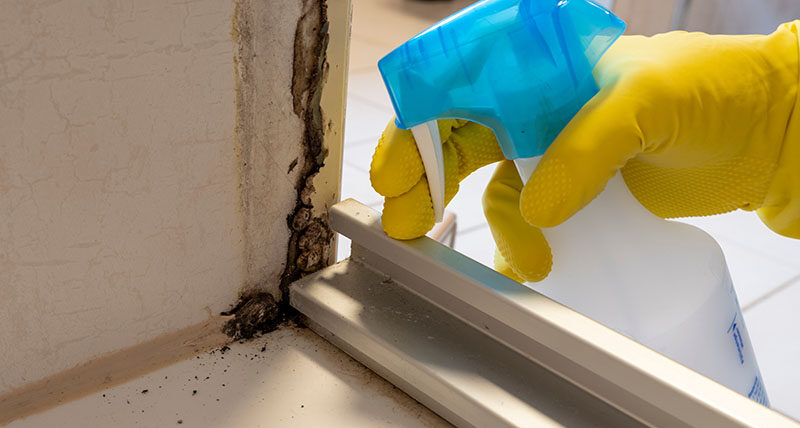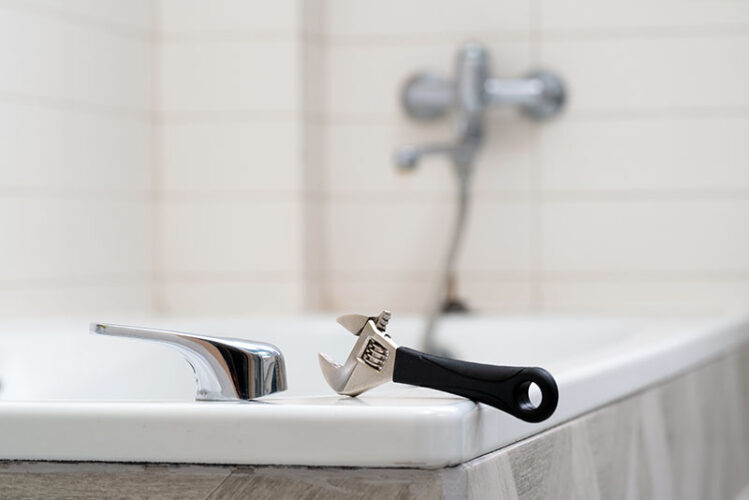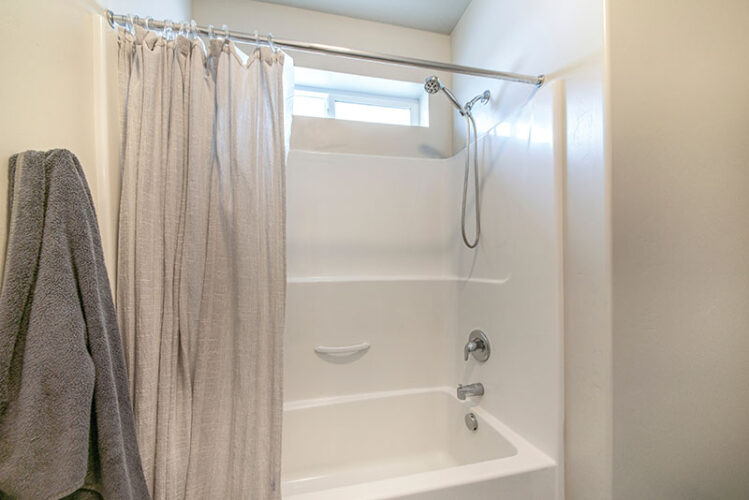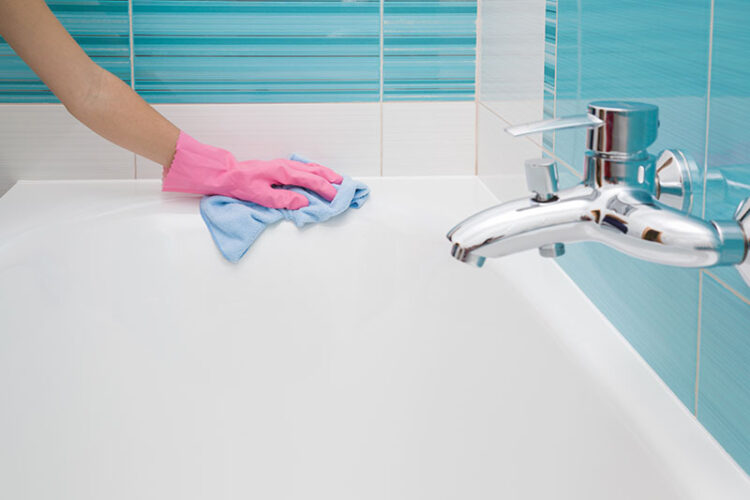How to Prevent Mold and Mildew in Your Shower

The CDC has estimated that almost half of American homes have mold infestations—a dire statistic when you consider that one in five people have a mold allergy. Every time you take a relaxing shower or cook with an uncovered pot, you create the moisture mildew needs to thrive, but not all species need a damp biome.
Mold spores are more resilient than you might imagine—They can lie dormant in dry environments for years. They’re airborne and can travel throughout your home, nestling into unreachable cracks and sinking into porous surfaces. It can be challenging or impossible to achieve a comprehensive removal, so the best time to fight mold is before it appears. We have a five-step strategy that works.
Step one: know your enemy
American homes are prone to over 20 different kinds of mold, and if you understand what feeds them, you’ve won half the battle. The most common US molds include:
- Chaetomium: This allergenic mold grows in homes with significant water leaks. It presents as white and fluffy but will become black as it matures.
- Black mold: Stachybotrys is the most hazardous mold on the list. It’s toxigenic and thrives in damp, tucked-away places like ventilation systems and bathrooms.
- Trichoderma is toxigenic and thrives in soil. Like most mold, it loves damp conditions but needs organic matter like wood, carbohydrates, and cellulose to grow.
- Alternaria: This is the most common allergenic mold in the home. It loves condensation, so it develops in tubs, showers, and windows with broken seals.
- Ulocladium: This is another allergenic mold, but it prefers damp appliances, drywall, and carpets. It only grows in environments with high levels of moisture.
- Serpula: This slightly allergenic mold prefers wood. As it spreads, it develops creeping dry rot that can destroy wooden structures, even if they’re only slightly damp.
- Aspergillus: This pathogenic mold is usually found in HVAC systems and water-damaged buildings.
In short, any respectable mold prevention strategy must eliminate moisture from the entire home, from duct work and leaky HVAC systems to leaks and condensation. Pay particular attention to porous surfaces like caulk and wood.
Step two: eliminate leaks
Dehumidifiers might seem like easy mold-prevention tools, but over-reliance on them is much like using a plaster to cure a life-threatening gash. They can only control moisture in the air. While they certainly have their perks, they can’t eliminate condensation, rising damp, or severe leaks. Effective prevention must address causative factors, and the most obvious of these are leaks.
Look for water stains on ceilings, damp patches on your walls, and pooling that never seems to dry out. Leaks aren’t always easy to spot. Sometimes they hide in your ceiling or appliances, so the only surefire way to test your entire home is to observe your water meter after you’ve turned off all your faucets. A two-hour window should give you the information you need to detect a leak.
Step three: create a watertight barrier
Every time warm air connects with a cool surface, condensation forms. Your windows and doors are crucial barriers against Mother Nature, but their seals often fail. If you see moisture or fog between your glass panes, you might need a new seal or even a full replacement. Check for drafts around your doors and discoloration on your flashing. Discolored caulks and sealants are two more symptoms of moisture intrusion.
Step four: improve your ventilation
Lazy habits will cause a mold infestation eventually. Your bathroom and kitchen produce moisture every time you use them, so take ventilation seriously. The most effective way to circulate air is by opening all windows at the same time during the coolest times of day. Continuous exposure to fresh air can overcome moisture from minor drips and leaks better than you might think. You can also dehumidify your home by keeping it heated to around 70 degrees.
Step five: improve your habits
Every bathroom and kitchen needs a little extra TLC.
- Never leave a damp mat or towel in an unventilated room.
- Dry off your shower walls after use.
- Clean up minor spills and use lids on your pots.
- Watch for spillage on caulk and wood. These are porous substances that can’t overcome a mold infestation, so keep them dry.
- Clean with mold-killing ingredients like vinegar and ammonia.
- Drying laundry indoors can create a flash increase in moisture that promotes mold, so rather rely on a washing line or dryer.
- Use a drain mat and extractor fan to circulate air around the wet surfaces in your kitchen.
Mold is a highly destructive force with genuine health effects. Beyond uncomfortable allergic reactions, it can lead to respiratory illnesses and sick-building syndrome. If you can starve mildew of its source of nourishment, you can fight an encroaching infestation before it becomes severe enough to require structural replacements.
Need help with a bathtub or shower replacement? Contact 1-800-HANSONS for a free estimate.
Related Articles:
Signs it’s Time to Replace Your Shower
Signs it’s Time to Replace Your Bathtub
Get a Free Estimate Today
70% off installation. Special financing available. See details.













